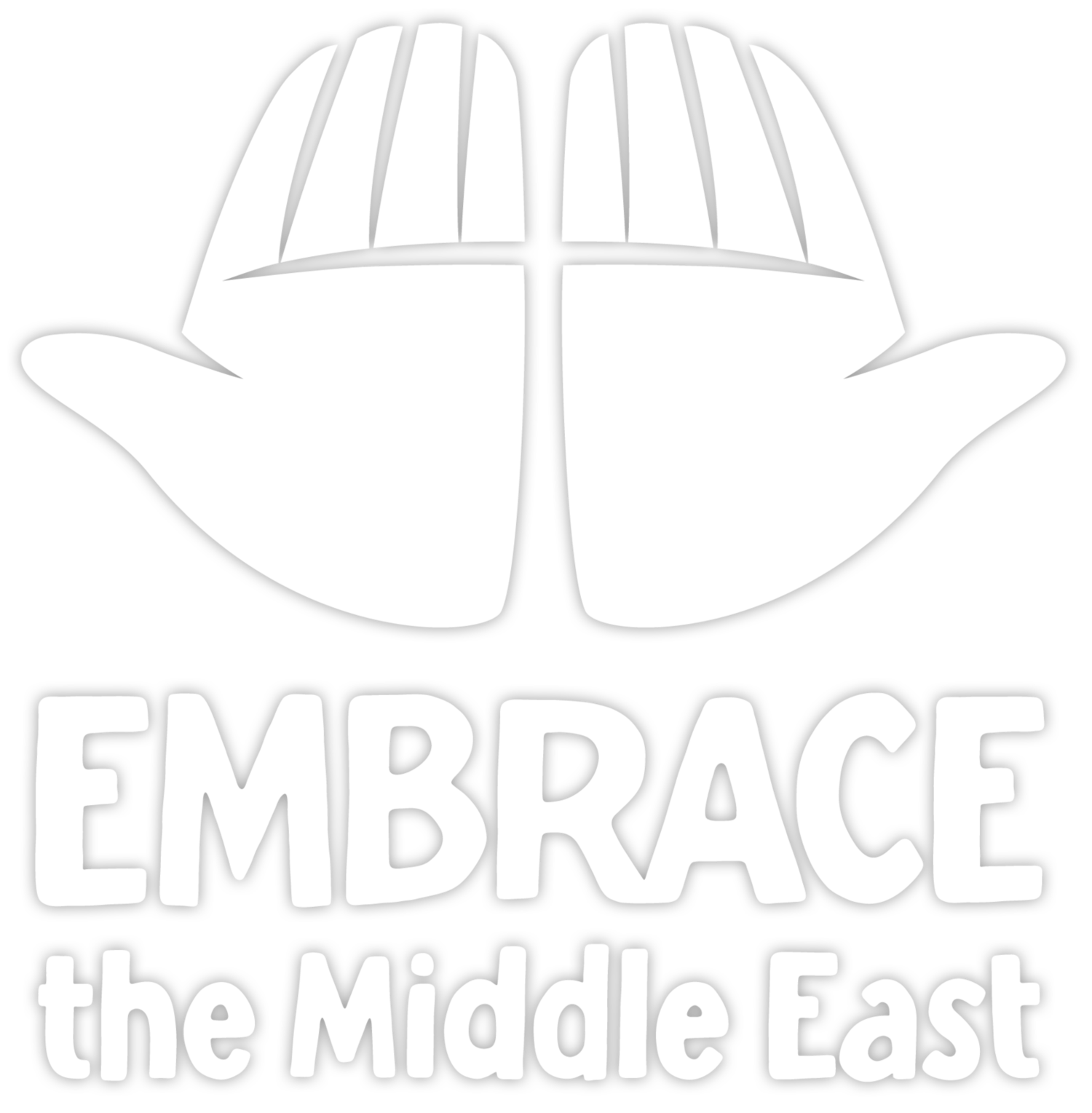Why a UN-led aid system is vital for Gaza
July 2025
This month, Embrace joined with charities worldwide in a statement calling for a return to UN-led aid distribution in Gaza. In his latest piece for the Church of England Newspaper (reproduced here), Embrace’s CEO, Jamie Eyre, expanded on why the new system, run by private contractor the Gaza Humanitarian Foundation (GHF), is so problematic and why Christians should be speaking out:
I started life as a humanitarian aid worker in the uncertain days of post 9/11 Afghanistan and the aftermath of the atrocities of West Darfur in the mid-2000s. Working with communities in crisis for almost 25 years, each situation has been unique, and conflict or insurgency has often been a factor. The constant throughout has been the desire to serve people with dignity, leaning into the humanitarian principles which are an aid worker’s bedrock: humanity, impartiality, neutrality and independence.
The UN aid system has been refined over years of experience
The aid sector has its flaws, but when you consider the combined worth of life-saving differences made over decades, large numbers of people served safely and with dignity, the good far outweighs the bad. Until this year, 2025, you would have been hard-pressed to find many stories of aid delivery failing to the point that those being served suffered injury or loss of life in the process.
The careful planning and organisation that goes into food distributions and other mass deliveries of clothing, healthcare, and supplies is well rehearsed, having been learned from hard lessons over many years of assisting people in crisis, often in complex and volatile circumstances. I’m a step removed these days, working through local Christian organisations with Embrace the Middle East. Still, the diligence and humanity I see in our local partners are among the best in humanitarian response. Treating people with dignity, made in the image of God, whilst delivering essential services and supplies safely.
The scale of the humanitarian need in Gaza is vast
Even before considering the limits on aid delivery, the current situation in Gaza is something altogether different. The sheer scale of destruction and displacement is unlike that of most other conflicts. As of June 2025, 90% of the housing stock has been destroyed, and 70% of all structures. Airstrikes have targeted hospitals and medical centres; 19 out of 36 hospitals have been destroyed, and of those remaining, services are severely limited. Most have been damaged. Caritas Gaza city clinic has recently been rehabilitated and reopened after a months-long closure, and the Anglican-run Al Ahli hospital has erected a tent to meet the demand from patients. This hospital has been hit by rocket fire multiple times since October 2023.
And then you consider that people have nowhere to run to, access in and out of Gaza has long been for the privileged few. Today, 301 out of the 365 square kilometres which make up this coastal strip of land on the Mediterranean sea are under military displacement orders. Most people have been displaced from their homes and have had to move three or four times. To up the ante yet further, the indicators used to monitor potential famine situations have become well-established in the population. Malnutrition is a problem; there is simply not enough food or nutrition to sustain a healthy population of 2 million people.
The new GHF aid is not enough and does not appear neutral, independent or impartial
After an aid blockade of 78 days, during which nothing entered the strip, supplies have been highly controlled since they partially resumed on May 19th. The level of deliveries is insufficient to meet the need, and much of it is now funnelled through a new private contractor, the Gaza Humanitarian Foundation (GHF) which can only cover 60% of the population if running at full capacity. Backed by the Israeli and US governments, the GHF is designed to work in parallel, rather than with, the humanitarian system and organisations that have the capacity and experience to deliver aid safely to those who need it. Obscured from scrutiny, and closely tied to the Israeli military, this new mechanism does not appear neutral, independent or impartial.
Tragically, the distribution hubs have been “associated frequently with confusion and shooting as desperate and hungry Gazans rush to fetch supplies”, according to a UN spokesperson. We now read daily reports of civilians, non-combatants of all ages, travelling long distances, often through active combat zones, only to be mistaken for threats, or caught in the wrong place and hit by deadly fire or shelling from Israeli forces.
The urgent need to resolve this conflict is more apparent than ever, encouragingly, as I write, efforts to secure a ceasefire are gaining new momentum. Alongside this, there needs to be a renewed commitment to the core principles of humanity, neutrality, impartiality, and independence. Unhindered access to deliver aid, creation of humanitarian corridors to allow safe movement, and protection for civilians and aid workers are all urgently needed.
The reflections of a local aid worker on the current catastrophe should jolt us all out of our numbness or indifference:
“Even when aid is allowed into Gaza, it is done in a cruel and degrading manner… Some wait in the streets all night, only to be shot while trying to feed their families. Elderly people, children, and those with disabilities have no chance in this chaos.”
As Christians, we should be amongst the first to challenge situations, here and beyond, where dignity and humanity are lost.
FIND OUT MORE
EMBRACE PROJECTS IN GAZA - PARTNER UPDATES
GAZA CRISIS APPEAL - SUPPORT EMBRACE’S HUMANITARIAN RESPONSE
Share this blog with your friends



